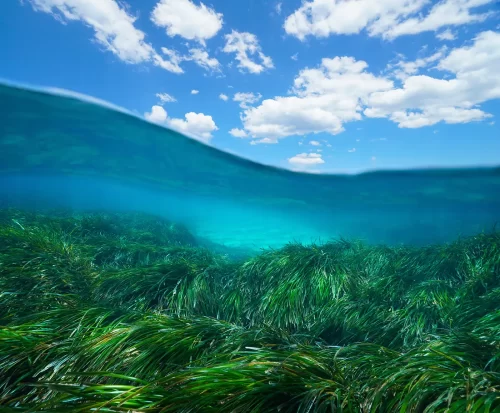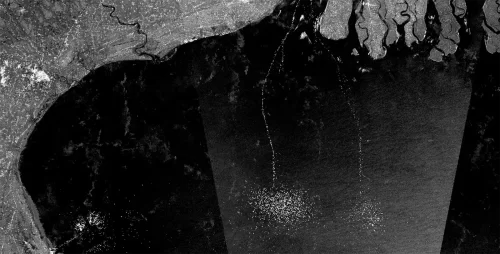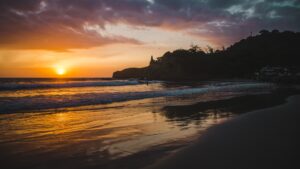
ⓒ Ben Dilley
The Issue
Every year, over 150,000 seabirds are unintendedly killed as bycatch by pelagic longline fishing fleets—a contributing source for the widespread decline of albatross populations. These sentinels of the sea are attracted to bait or discarded fish produced by longline vessels, and ultimately drown after getting snagged on one of the thousands of baited hooks that are deployed by these industrial-sized vessels. Of the 22 species of albatross, 15 are currently threatened with extinction.
Many countries and regional fisheries management organizations now require fishing vessels to take steps to avoid seabird bycatch. Attaching brightly colored streamers to scare the birds away and weighting hooks so they sink quickly are helping to dramatically reduce seabird deaths. But one of the simplest and most effective methods centers around the time of day that fishing vessels set their lines. Albatrosses are normally inactive at night, utilizing the early morning hours to search for food. This makes nighttime hours the best time for vessels to set their lines, ensuring the least impact on these seabirds. But this practice isn’t always easy to enforce.
In the remote regions where many fishing vessels operate, it can be impossible to tell whether these measures are being implemented. Many vessels operate far from shore and stay at sea for months at a time, making it hard to monitor their activities.
Our Work
We partnered with BirdLife International to investigate the overlap between longline fisheries and albatrosses. Using GPS data from more than 300 longline vessels operating in the southern Atlantic, Indian and Pacific Oceans, we applied our machine learning technology to identify exactly what time of day these vessels set their lines.
The results, published in Biological Conservation, were shocking. Only 15 percent of the vessels studied set their lines completely during the hours of darkness. The rest spent at least two hours of daylight setting their lines, most of which overlapped with dawn when albatrosses are most vulnerable.
It’s an alarming finding, particularly since the majority of these vessels claim to set their lines at night. But we now have the opportunity to use this combination of data and technology to equip decision-makers with the information needed to mitigate bycatch and improve management decisions.
As more insights become available through machine learning methods, we expect to see a surge of use in this data when it comes to monitoring the compliance of night-setting as well as testing the effectiveness of other bycatch mitigation strategies—offering hope for seabirds and other species threatened by industrial fishing.
Longline Setting During Twilight and Daytime Hours, 2017-2020

“Albatross populations are tragically in steep decline, with tens of thousands of birds per year killed by fisheries. This bycatch is completely avoidable, and setting hooks at night is one of the simplest and most effective measures. This study shines an important light on fishing during the darkness.”
Oliver Yates,head of the BirdLife International Marine Programme

